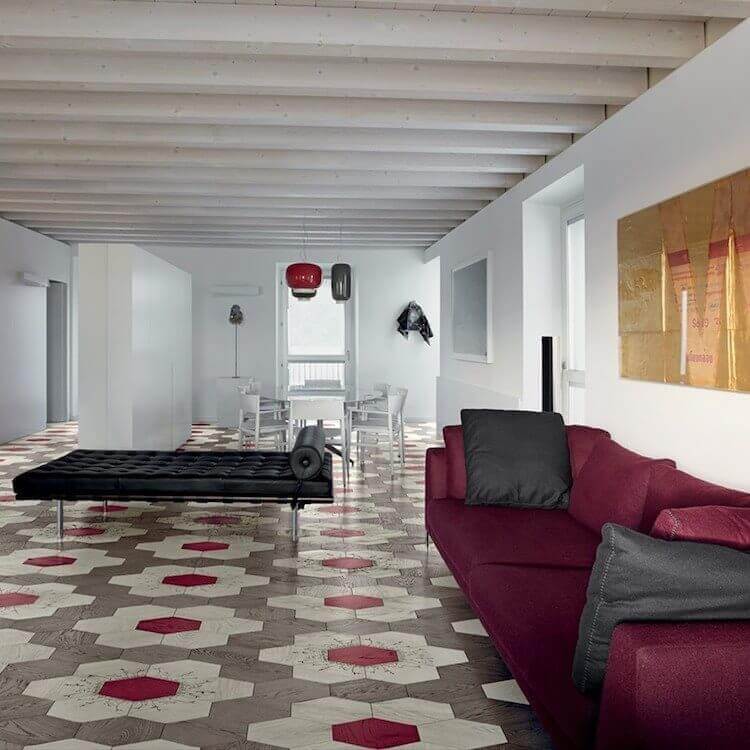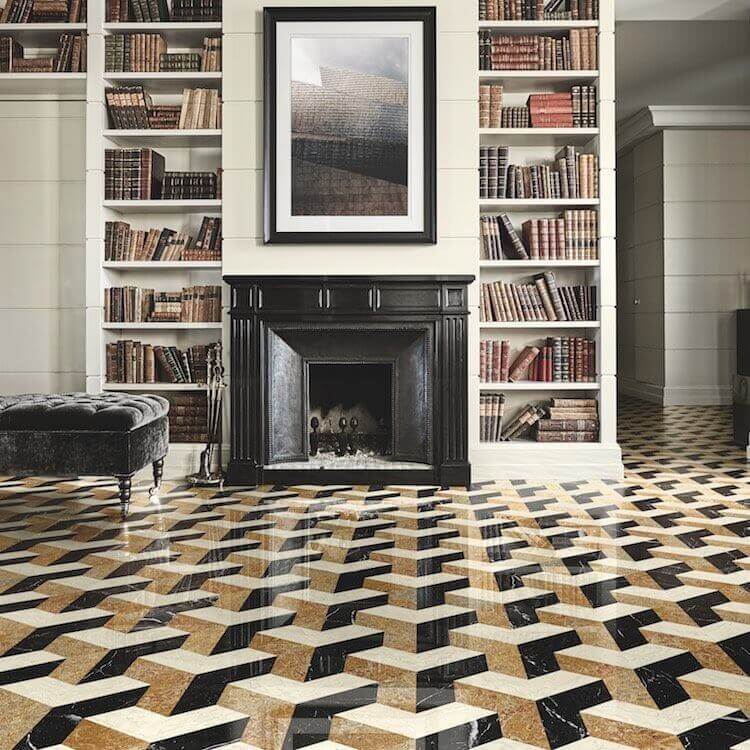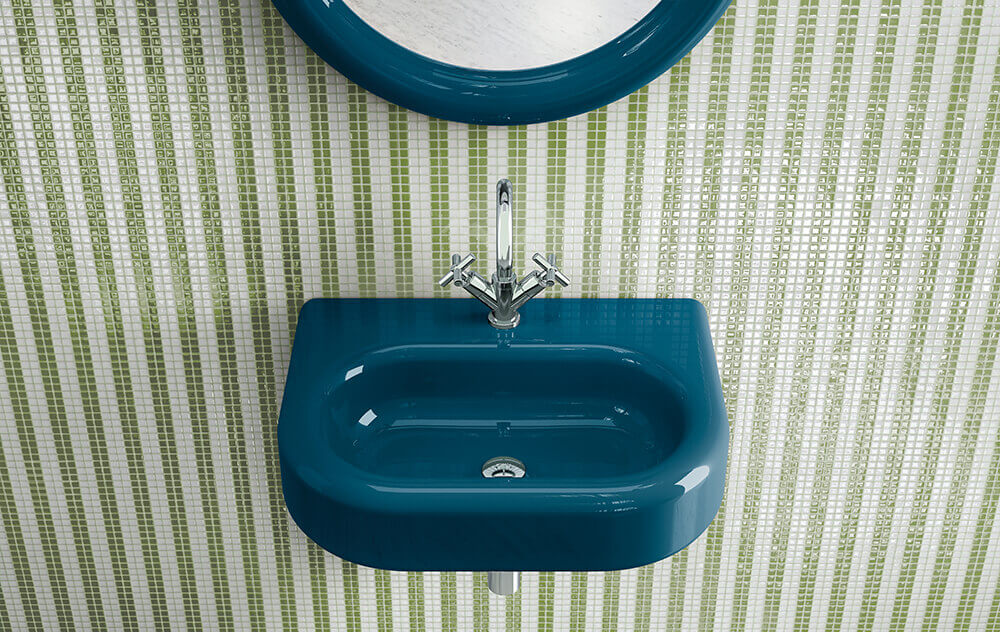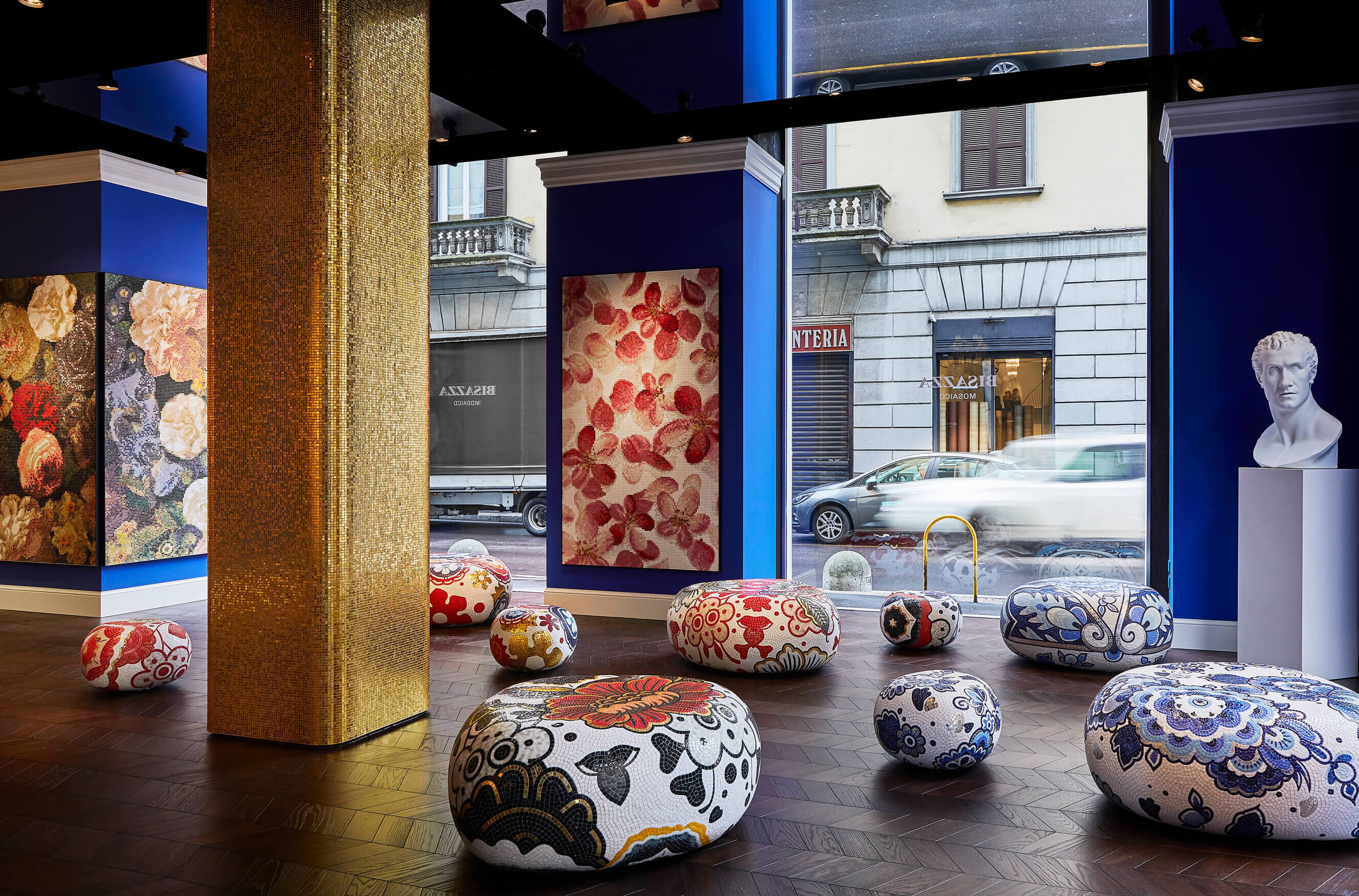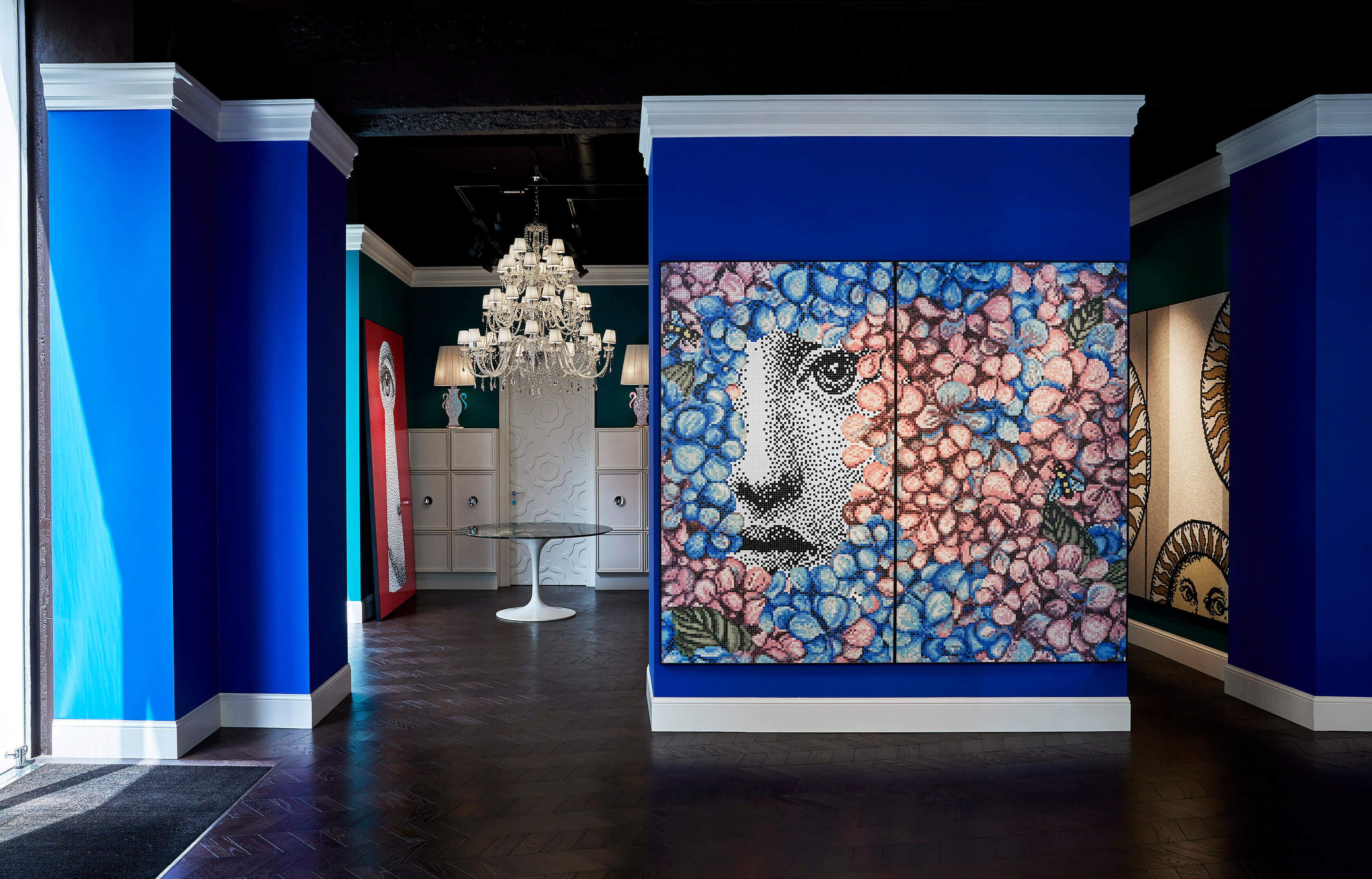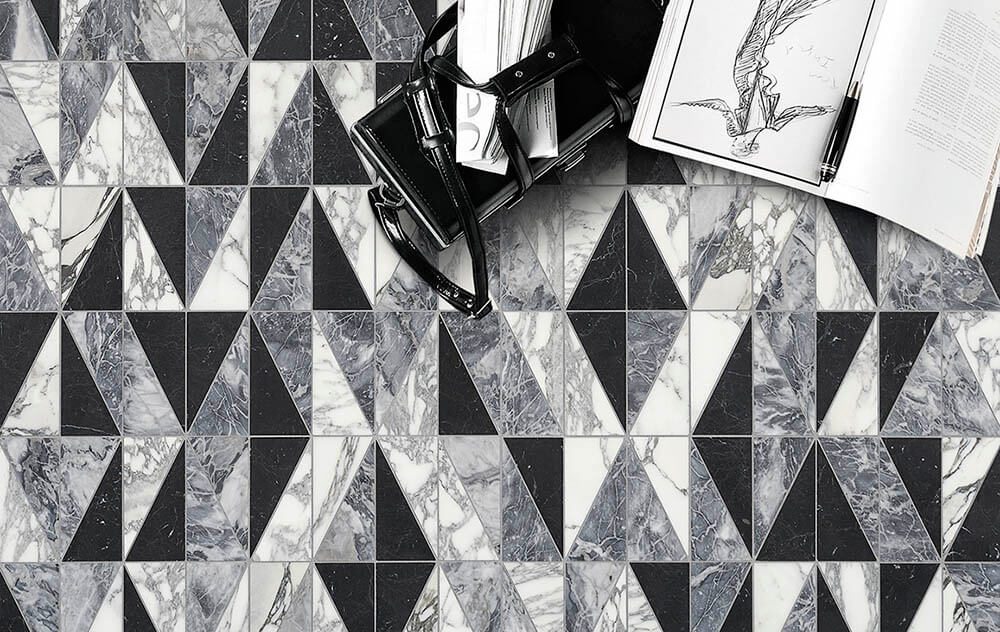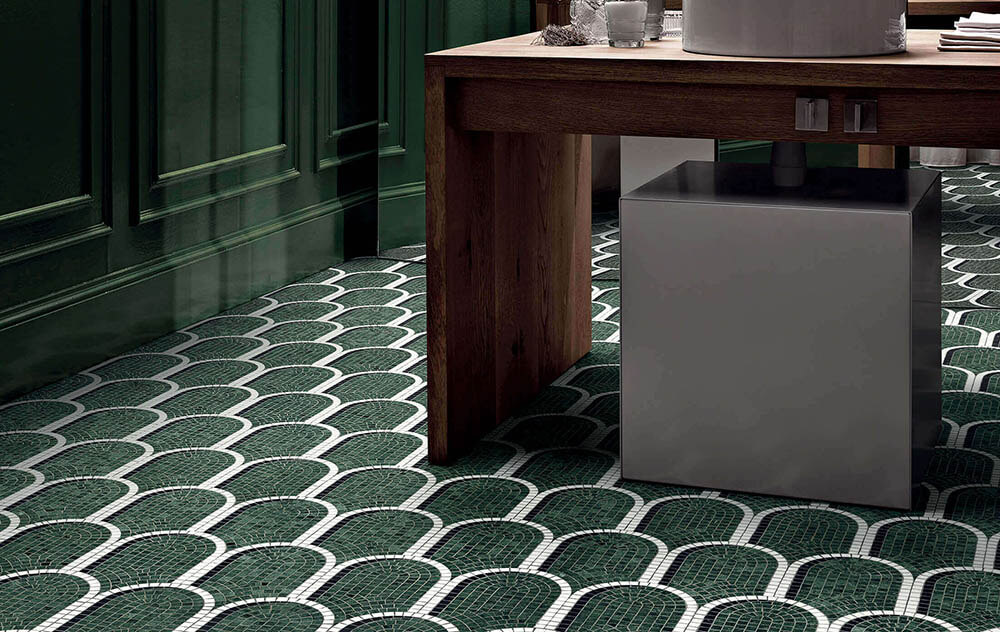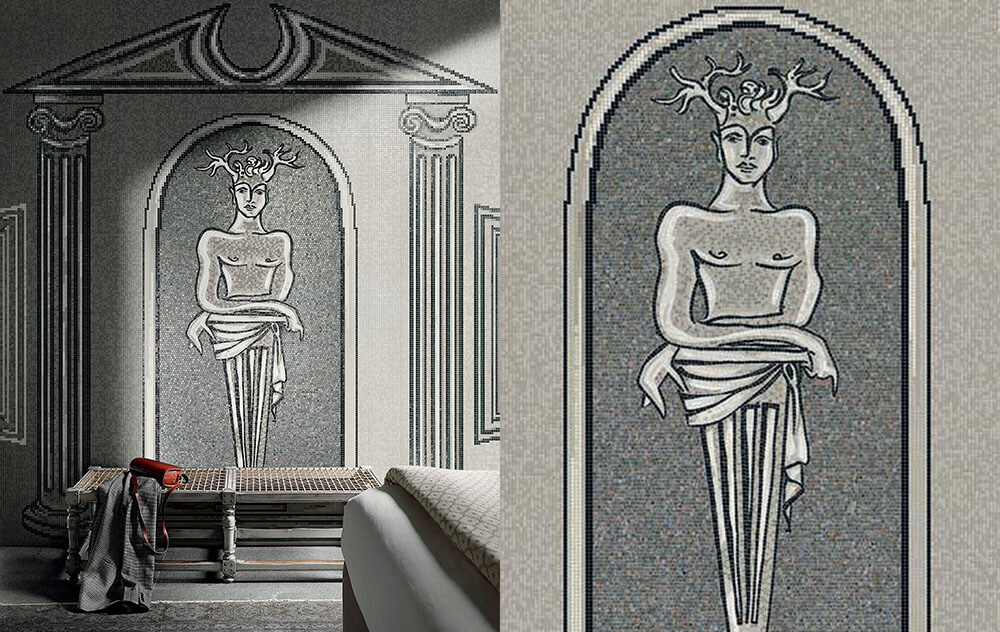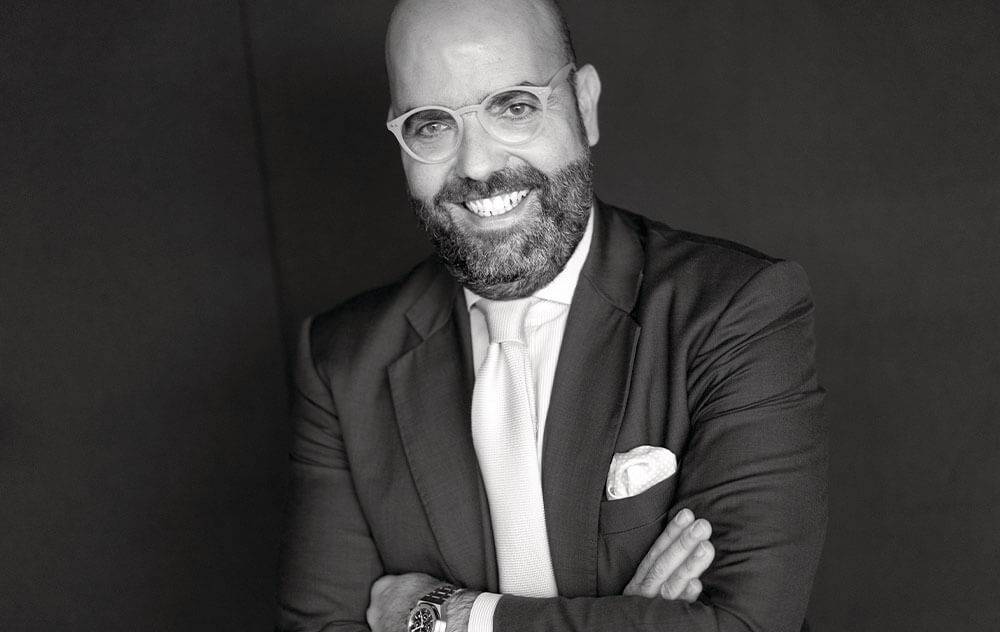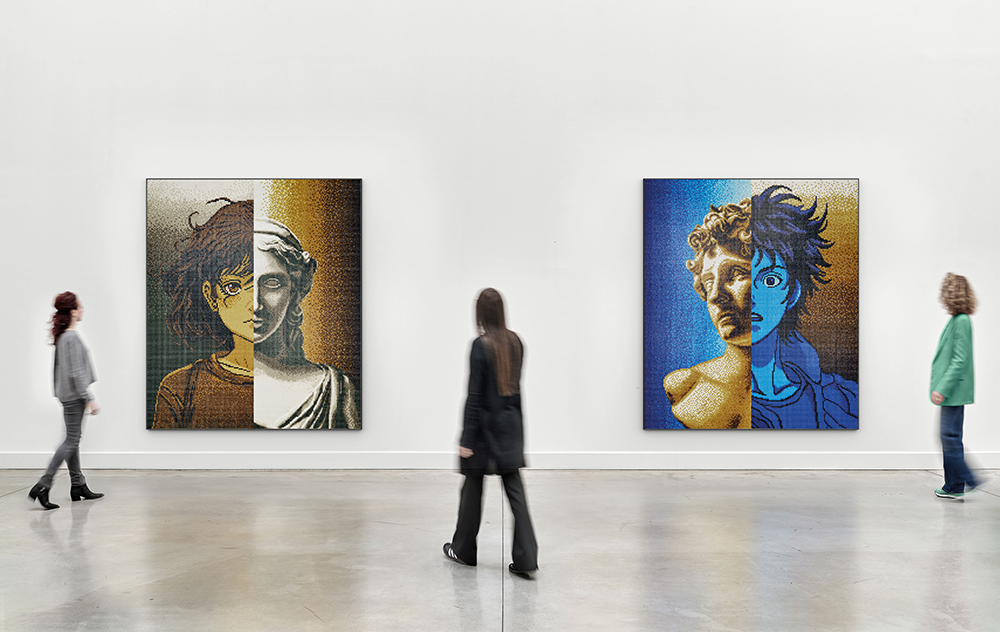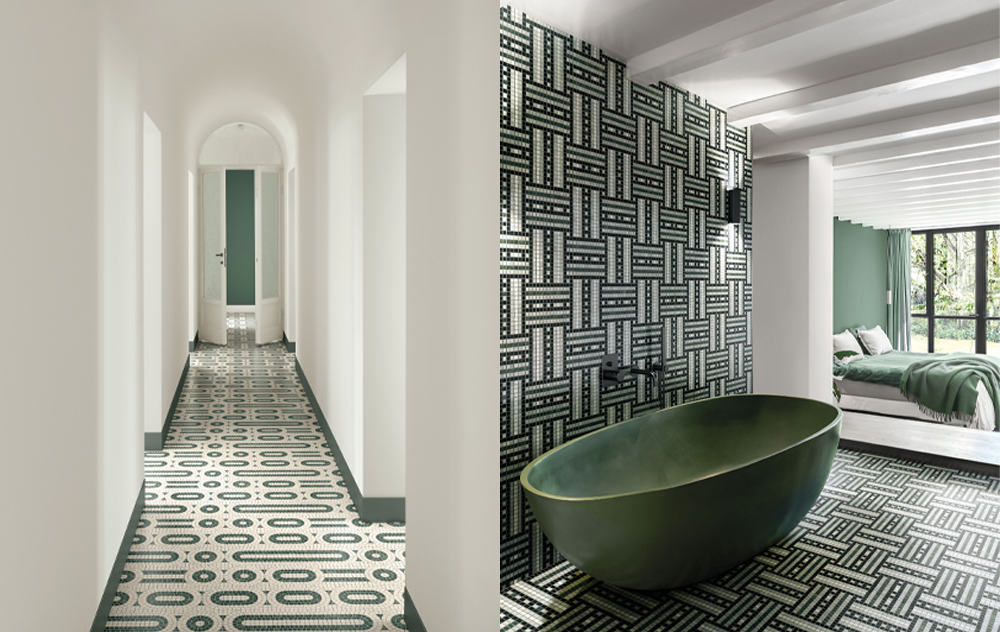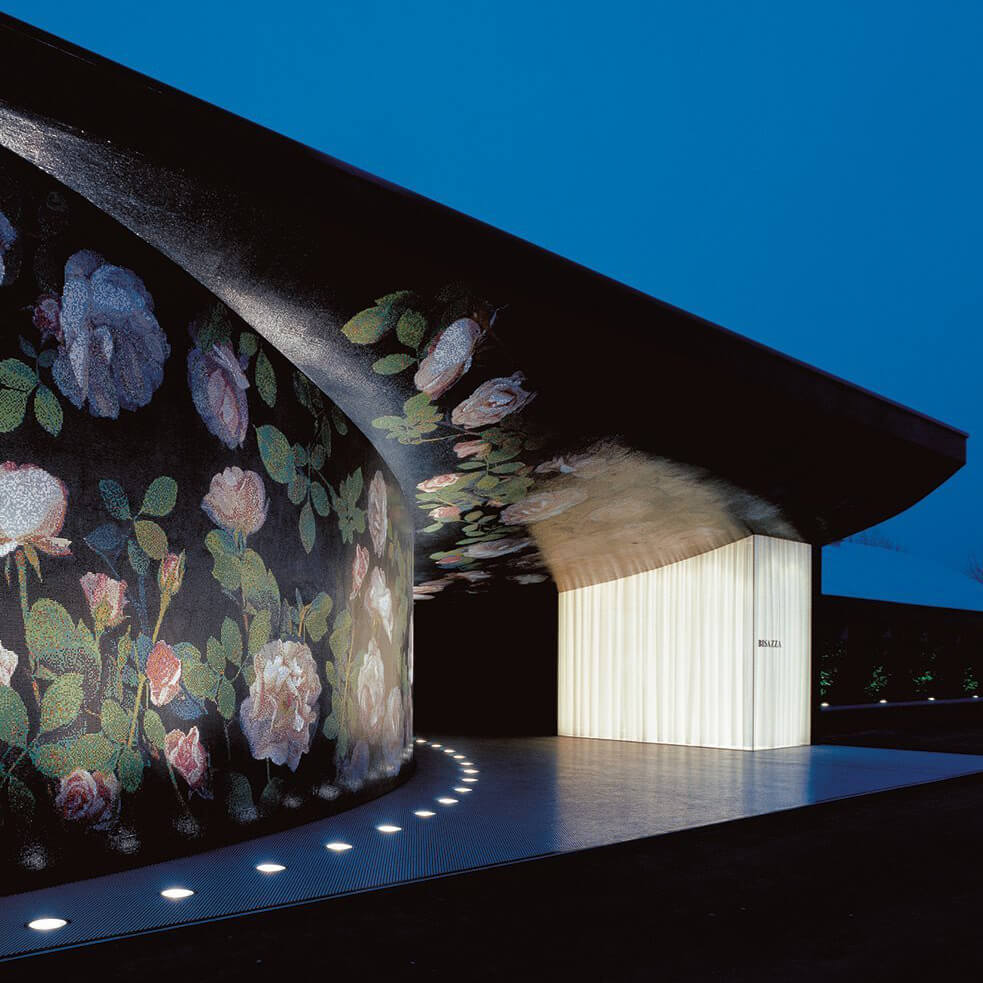
Bisazza
Bisazza is one of the top luxury brands in the design sector and a world leader in the production of glass mosaic for interior and exterior decoration. In recent years, the company has expanded its collections by creating, through careful processing of new materials, new decorative offerings, which combine the value of design with the charm of craftsmanship. Bisazza today offers a wide range of luxury décor and furnishings suitable for any living and outdoor area -- the expression of a unique style that brings a contemporary flair to the classic by combining elements of fashion and design.
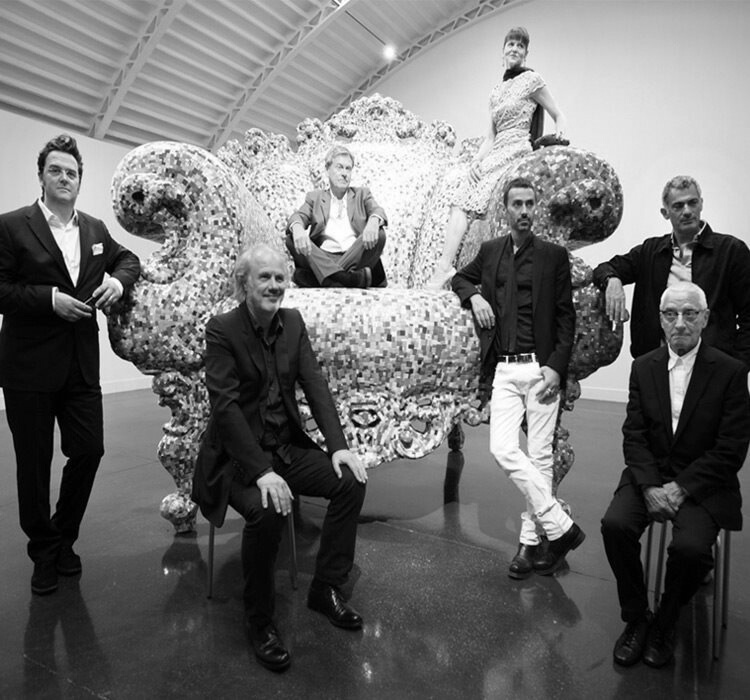
Designer
For more than twenty-five years the company has been working with internationally renowned designers, becoming a reference point in the world of design. Temporary installations for international events, audacious architectural projects, and unique collections have grown out of the intense collaborative partnerships with leading figures in the worlds of architecture, art, design, and fashion, including: Shigeru Ban, Tord Boontje, Marco Braga, Fernando and Humberto Campana, Sandro Chia, Aldo Cibic, Antonio Citterio and Patricia Viel, Carlo Dal Bianco, Tom Dixon, Fornasetti, Romeo Gigli, René Gonzalez, Michael Graves,Tricia Guild, Jaime Hayon, Ferruccio Laviani, Steve Leung, India Mahdavi, Jürgen Mayer H., Richard Meier, Alessandro Mendini, Greg Natale, Paola Navone, Nendo, Fabio Novembre, John Pawson, Fabrizio Plessi, Andrée Putman, David Rockwell, Ettore Sottsass, Studio Job, Hiroshi Sugimoto, Patricia Urquiola, Oscar Tusquets Blanca, Kiki van Eijk, Edward van Vliet, Marcel Wanders and Emilio Pucci Maison.
Discover our designer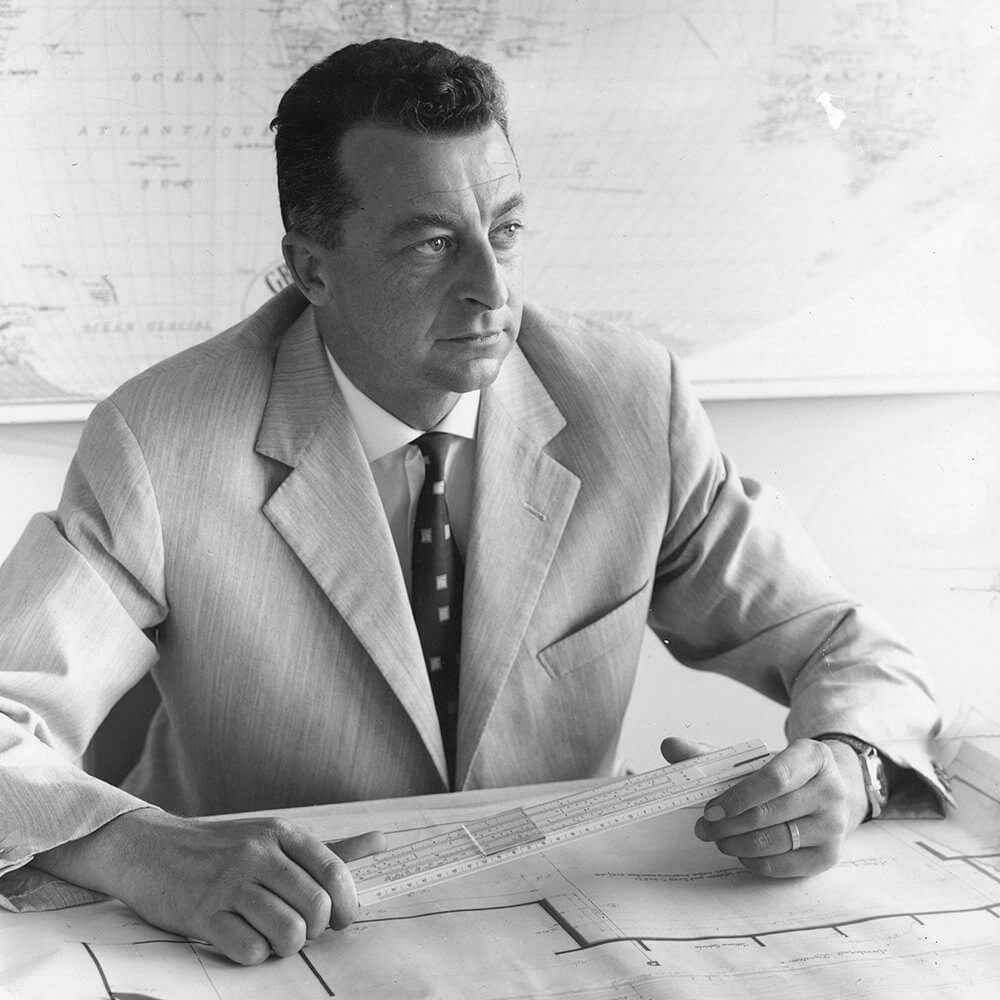
From 1956 to now
Established by Renato Bisazza in 1956 in Alte, Vicenza, Northern Italy, the company has become a trailblazer, marked by a dynamic entrepreneurial spirit, a mastery of modern technologies, and an ability to read and anticipate the needs of the global market. The company’s distribution network currently includes 4 flagship stores in London, Milan, New York and Paris and 2,800 local retailers around the world.



.jpg)
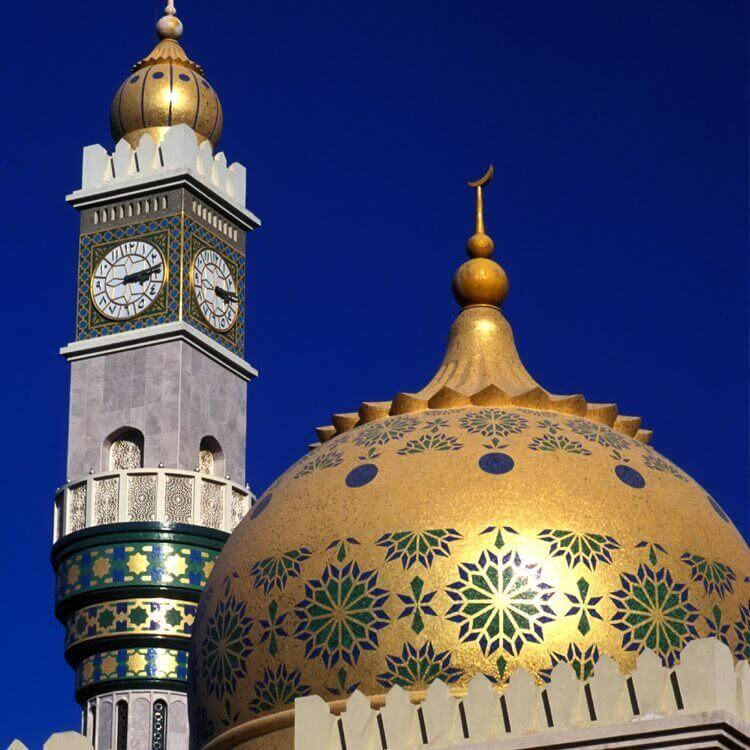
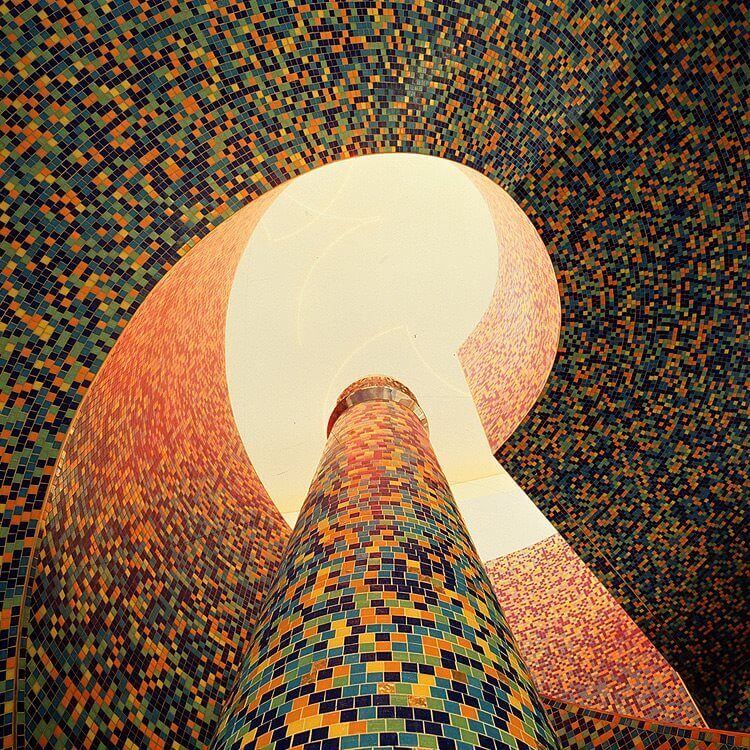
.jpg)
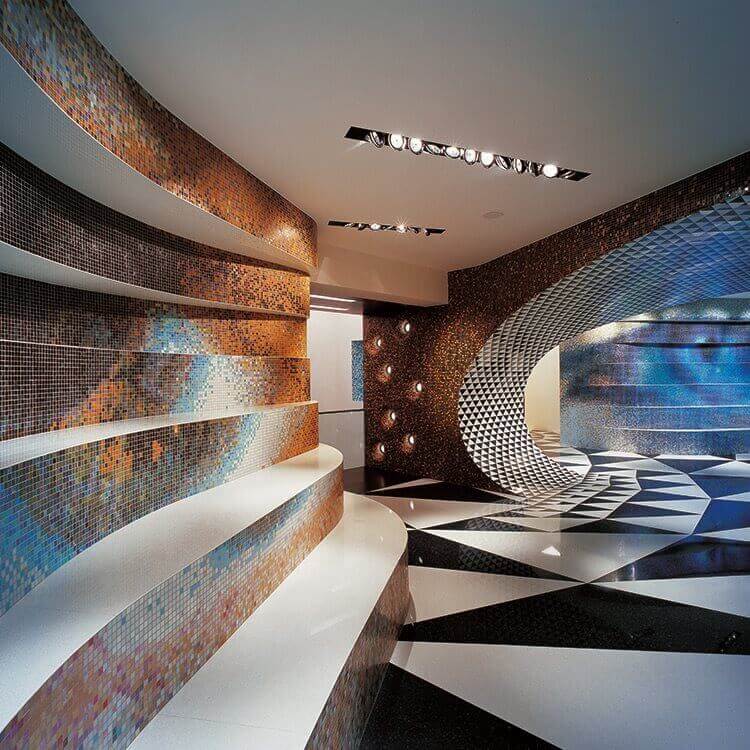
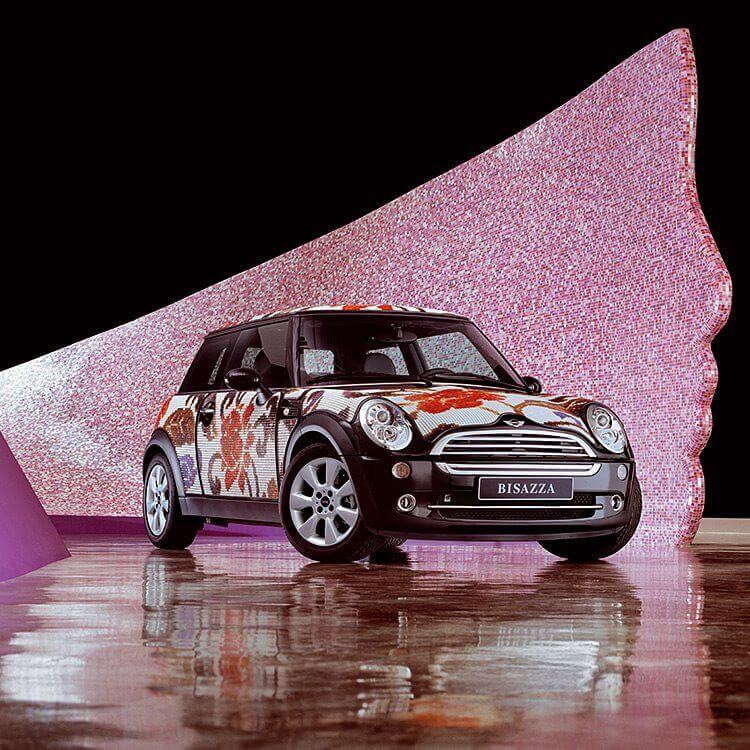


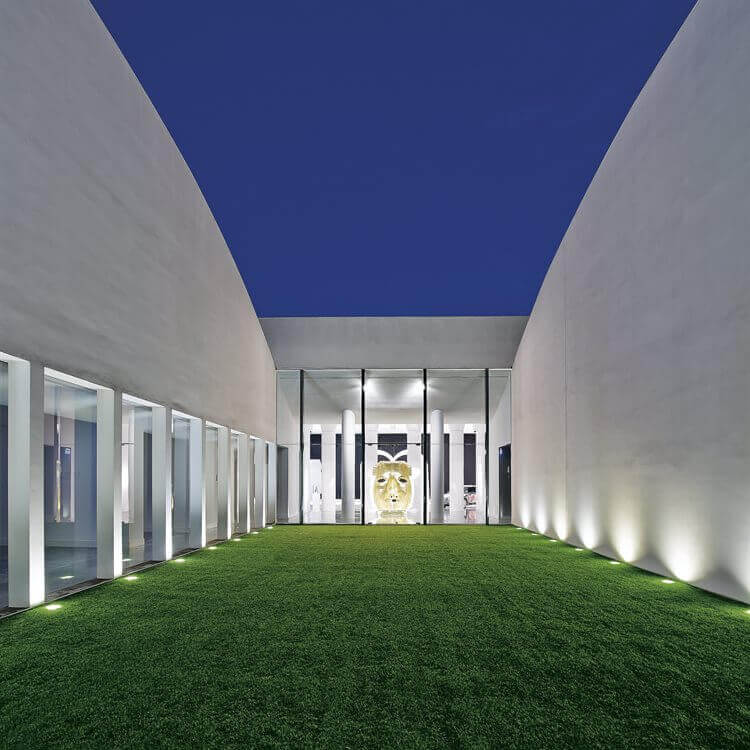
.jpg)
.jpg)
